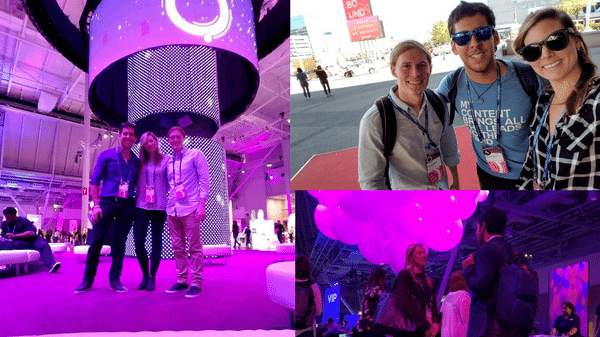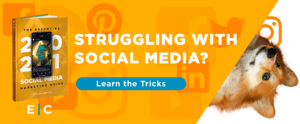HubSpot’s Inbound conference seems to get better every year. It’s not just that they have an incredible lineup of top-notch speakers, session leaders, and keynotes, or that their mobile app improves with age, or the fact that the Boston Conference Center is surrounded by out-of-this-world food truck goodness once 11 am hits.
No. We’re in love with Inbound because it focuses on all the ways we can improve our business, our client’s results, and our professional skills. That’s a pretty powerful combination by any standards, but Inbound 2017 really blew the doors off the competition this year. Check out some of the most exciting takeaways our team observed at Inbound last week.
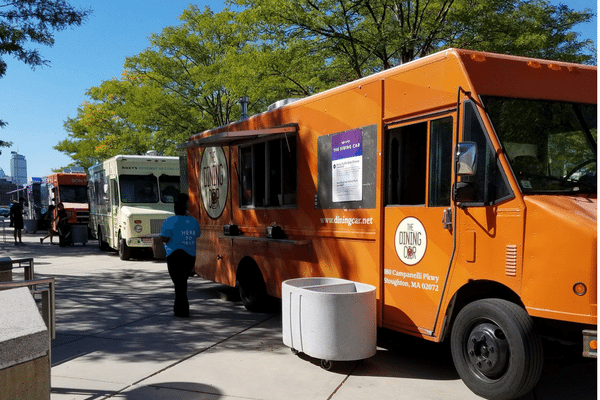
1. Specialization Leads to Excellence
You can’t be good at everything. A diverse team of highly specialized professionals makes a strong team. One of the things that’s so valuable about Inbound is the variety of speakers and range of topics available. Each morning when our team entered the conference center we split off in a dozen different directions, some focusing on the strategy sessions, others on the sales, marketing, client success, social media, and content sessions.
Set your inbound marketing team up for success by providing access to the education and resources they need to excel in their roles. The more specialized they become in various marketing skills, the better that is for your brand and your clients.
2. SEO is Moving Away from Click Search
Click search isn’t going away anytime soon, but modern SEO strategies need to take advantage of the fact that voice search and augmented reality are becoming more important. Alexa, Google Lens, Google Visual Positioning Services, and more demonstrate the shift towards a more sensory-type of search.
Shift your thinking from creating only “answer” strategies, to strategies that include question database content. There’s no doubt that voice search will soon make up a majority of the search market. Your brand can capitalize on this by focusing on a “guidance” functionality, especially as it concerns predictive search (think Google RankBrain).
If, for example, you searched for “football” in the US, your search results would populate with information and news on the NFL. If you were in Europe, Africa, or South America and performed the same search, your results would populate with information on international soccer teams and the World Cup. In both cases the search engines are guiding you to the results they deem most relevant to your location.
3. Authenticity and Originality Are the Measures of Content Marketing
There’s great value in sharing third-party content, and it’s often necessary for smaller organizations to compensate their limited bandwidth using curated third-party content. However, it’s becoming more and more important to produce original and authentic content. Audiences are becoming accustomed to normal third-party sharing and that quickly leads to boredom. Engaging and growing your audience requires a unique perspective that’s better and more compelling than your competition’s.
If looking for some authentic content inspiration, just take a look at artists like Issa Rae and Brit Marling who gave one of the best Inbound17 keynotes. Both women are writers, producers, actors, and directors who refused to compromise the authenticity of their creative work. Today, they’re well on their way to becoming household names.

4. Competition-Free Content for the Win
Valuable content that doesn’t have any competition is a gold mine. Think about it. If you can create a resource that your audience wants (and needs) and they can’t find anywhere else, your brand will be positioned as the go-to destination.
A great way to find competition-free content is to do an extensive audit of your biggest competitors. Take note of the resources they create and find topical areas that are missing or lacking helpful materials. Next, choose the topics that will provide the most value to your audience and start creating custom content.
5. Amp Up Repurposed Copy
Writing compelling copy is one of the most difficult things we do as content marketers. It’s also one of the most time-consuming. Yet, when we’re able to create a fantastic piece of copy that converts, we tend to leave it in its original format, use it once or twice, and then forget about it.
If you have an exceptional blog post, white paper, webinar, or eBook, take the time to repurpose the most successful elements into other areas of your inbound marketing campaigns, such as social ads, email campaigns, or company newsletters. Don’t let your audience miss your most compelling copy.
6. Be Thought-Provoking
We’re all guilty of falling into the trap of creating content that everyone has seen a million times before. It’s boring and doesn’t help differentiate your brand from the competition. Content needs to be fascinating. Your audience should experience shock, awe, amazement, or, at the very least, amusement when they absorb your content. Memorable content makes an impression.
Here are a few tips for creating thought-provoking content:
- Capitalize on timely events before your competition does
- Develop a hook that captivates your audience
- Focus on emotional content (positive emotions are the safest)
- Go against the industry standards when your stance is justified
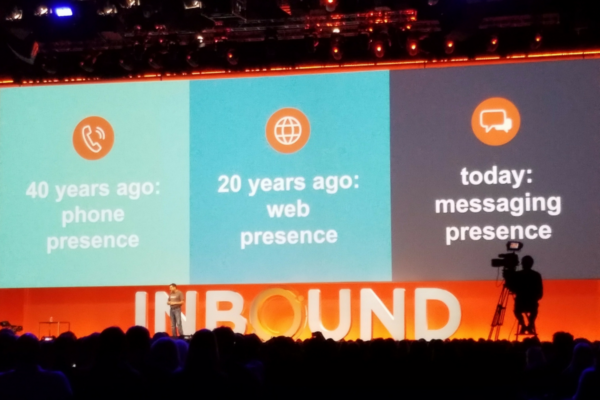
7. Realize that Personalization isn’t Always the Rule
Personalization has been a big marketing focus for the last several years, especially when it comes to email campaigns. Unfortunately, the effort to personalize everything can also alienate valuable audience segments. Why? Because highly personalized content tends to speak to a very specific audience. There’s certainly nothing wrong with targeted content (the more targeted the better), but hyper-targeted content can sometimes work against your brand when it’s too selective.
Remember to use your audience personas and realize that there are layers to those personas, including their appearance and attitudes. The magic happens when you find a perfect balance between connecting with your main audience and including outlying segments.
8. Practice Inclusive Copywriting
When the audience feels like a valued part of your content journey, there’s a good chance that they will become brand advocates. Using inclusive copywriting principles will establish a report with the audience that keeps them engaged and improves brand perception. Here are a few tips to keep your copywriting inclusive:
- Don’t assume the audience knows what you’re talking about
- Use neutral pronouns
- Use humor selectively and make sure it translates easily
- Keep your writing simple and easy to digest
- Avoid cultural metaphors and references that could be difficult for the entire audience to understand
9. If Brene Brown is Speaking, You’d Better Not Miss Inbound
Okay, so this one really has nothing do with content, but we just couldn’t leave it off the list because we loved it so much. Seriously, there couldn’t have been a better way to kick off Inbound 2017 than with Brene Brown. The New York Times Bestselling author delivered a powerful keynote that delivered a message of self acceptance, confidence, and embracing personal imperfections to become stronger.
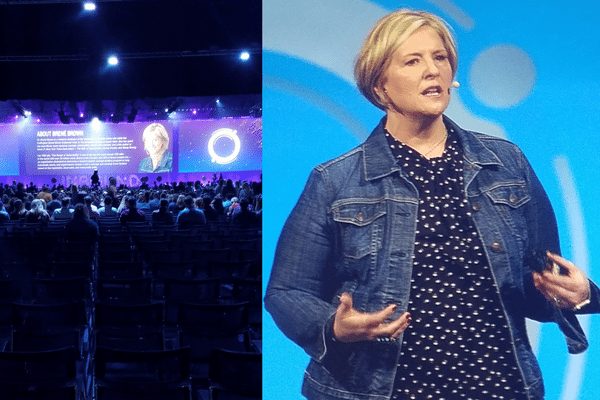
To sum up her awesomeness, she ended this night with a dance party. Are you sad that you missed Inbound 2017 yet?
There you have it. Our top nine content takeaways from an amazing 4-day conference that has us practically drooling for next year’s Inbound sessions.
-FINAL(01-00)-White&Blue-01.svg)
